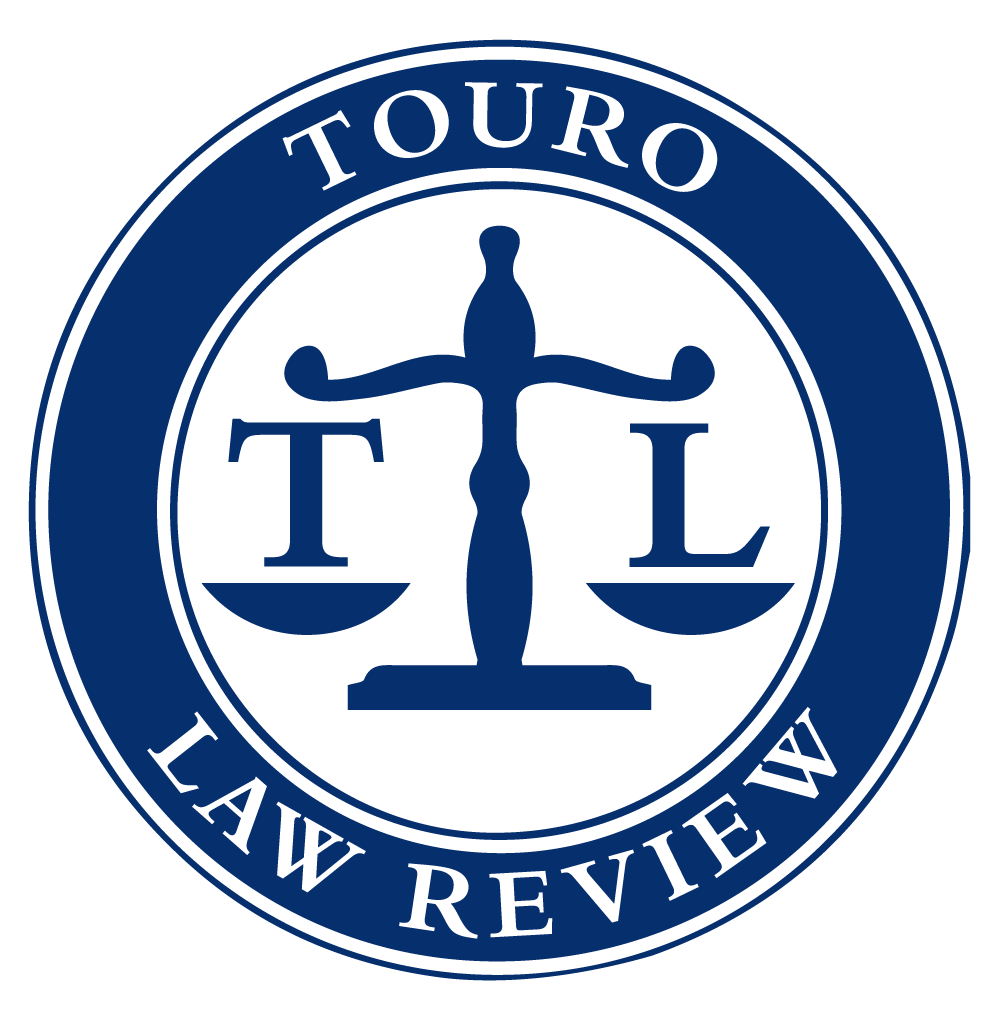
Touro Law Review
Abstract
Law has a distinctive temporal structure—an ontology—that defines it as a social institution. Law knits together past, present, purpose, and projected future into a demand for action. Robert Cover captures this dynamic in his metaphor of law as a bridge to an imagined future. Law’s orientation to the future necessarily poses the question of commitment or complicity. For law can shape the future only when people act to make it real. Cover’s bridge metaphor provides a lens through which to explore the complexities of law’s ontology and the pathologies that arise from its neglect or misuse. A bridge carries us to a destination; but sometimes, as when there are no crossings for miles, it can take us very much off course. Ideology is a bridge of that sort: It serves, Václav Havel explains, as a bridge of excuses between the individual and the system.
Law lives in the traffic between these two bridges. Sometimes legal actors take up the burden of law’s ontology in a way that honors law as a social institution. Other times, they engage in artifice to obscure the interpretive decisions that arise from the changes in meaning and circumstance that inevitably occur. Close readings of Bostock v. Clayton County and Brnovich v. Democratic National Committee reveal the pathologies of contemporary textualist and formalist methodologies. Rather than orienting us to a better, more effective future, these approaches serve as rationalizations that mystify and mollify. The opinions in these cases distort law’s delicate ontology in a manner that—irrespective of the decisions on the merits— systematically subvert the functions and operations of law. They are, in a profound sense, jurispathic.
Recommended Citation
Winter, Steven L.
(2022)
"Bridges of Law, Ideology, and Commitment,"
Touro Law Review: Vol. 37:
No.
4, Article 13.
Available at:
https://digitalcommons.tourolaw.edu/lawreview/vol37/iss4/13
Included in
Judges Commons, Jurisprudence Commons, Law and Gender Commons, Law and Philosophy Commons, Law and Race Commons, Law and Society Commons


